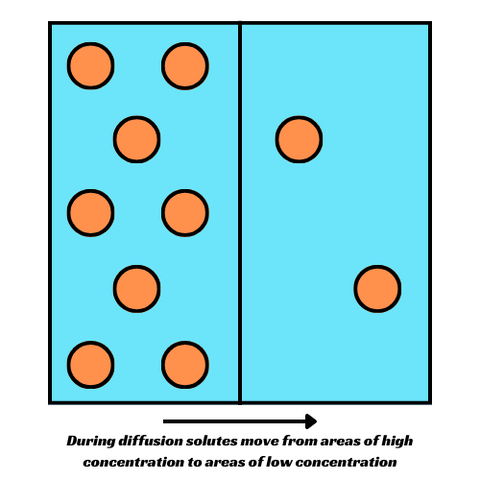Introduction
Vascular plants, with their intricate network of roots, stems, and leaves, possess remarkable mechanisms for the uptake and distribution of essential minerals. The process of mineral transport is vital for the plant's growth, development, and overall health. In this article, we delve into the scientific intricacies of mineral transport, introducing the roles of active and passive transport pathways and identifying specific minerals that utilize each mechanism.
Passive Transport Pathways
Passive transport, driven by natural concentration gradients, is a fundamental aspect of mineral uptake in vascular plants.
Osmosis
One prominent example of passive transport is osmosis, the movement of water molecules across a semipermeable membrane. In plant roots, water is absorbed from the soil through osmosis, facilitated by the osmotic pressure difference between the soil solution and root cells.
- Minerals Involved:
- Water (H2O): Through osmosis, water is absorbed by plant roots.
Diffusion and Facilitated Diffusion
Diffusion allows the passive movement of ions from regions of higher concentration to lower concentration. Facilitated diffusion involves the assistance of transport proteins.
- Minerals Involved:
- Nitrate ions (NO3-): Move into root cells through both diffusion and facilitated diffusion.
- Phosphate ions (H2PO4-, HPO4^2-): Move into root cells primarily through diffusion.
- Potassium ions (K+): Move into root cells through both diffusion and facilitated diffusion.
- Iron ions (Fe2+, Fe3+): Diffuse into root cells or use facilitated diffusion.
Active Transport Pathways:
Active transport involves the expenditure of energy to move minerals against their concentration gradients.
Energy-Dependent Nutrient Uptake: This process, often powered by ATP, allows plants to absorb minerals even when the concentration is higher in the plant than in the surrounding environment.
- Minerals Involved:
- Nitrate ions (NO3-): Actively transported into root cells.
- Phosphate ions (H2PO4-, HPO4^2-): Actively transported into root cells.
- Potassium ions (K+): Actively transported into root cells.
- Iron ions (Fe2+, Fe3+): Actively transported into root cells.
- Zinc ions (Zn2+): Actively transported into root cells.
Conclusion:
In the intricate world of vascular plants, the journey of minerals from soil to cell involves a carefully orchestrated ballet of passive and active transport mechanisms. Osmosis, diffusion, and facilitated diffusion ensure the flow of essential elements with the natural ebb and flow of concentration gradients, while active transport, a more energy-demanding process, propels vital minerals against the current, ensuring the plant's well-being and growth.
Understanding these transport pathways not only provides insight into the complexity of plant biology but also underscores the delicately balanced relationship between plants and their environment. Delving into the fascinating world of plant physiology, the journey of minerals in vascular plants stands as a testament to the elegance and efficiency of nature's design.




